Home>Gardening & Outdoor>Outdoor Structures>How Do You Run Electricity To A Shed
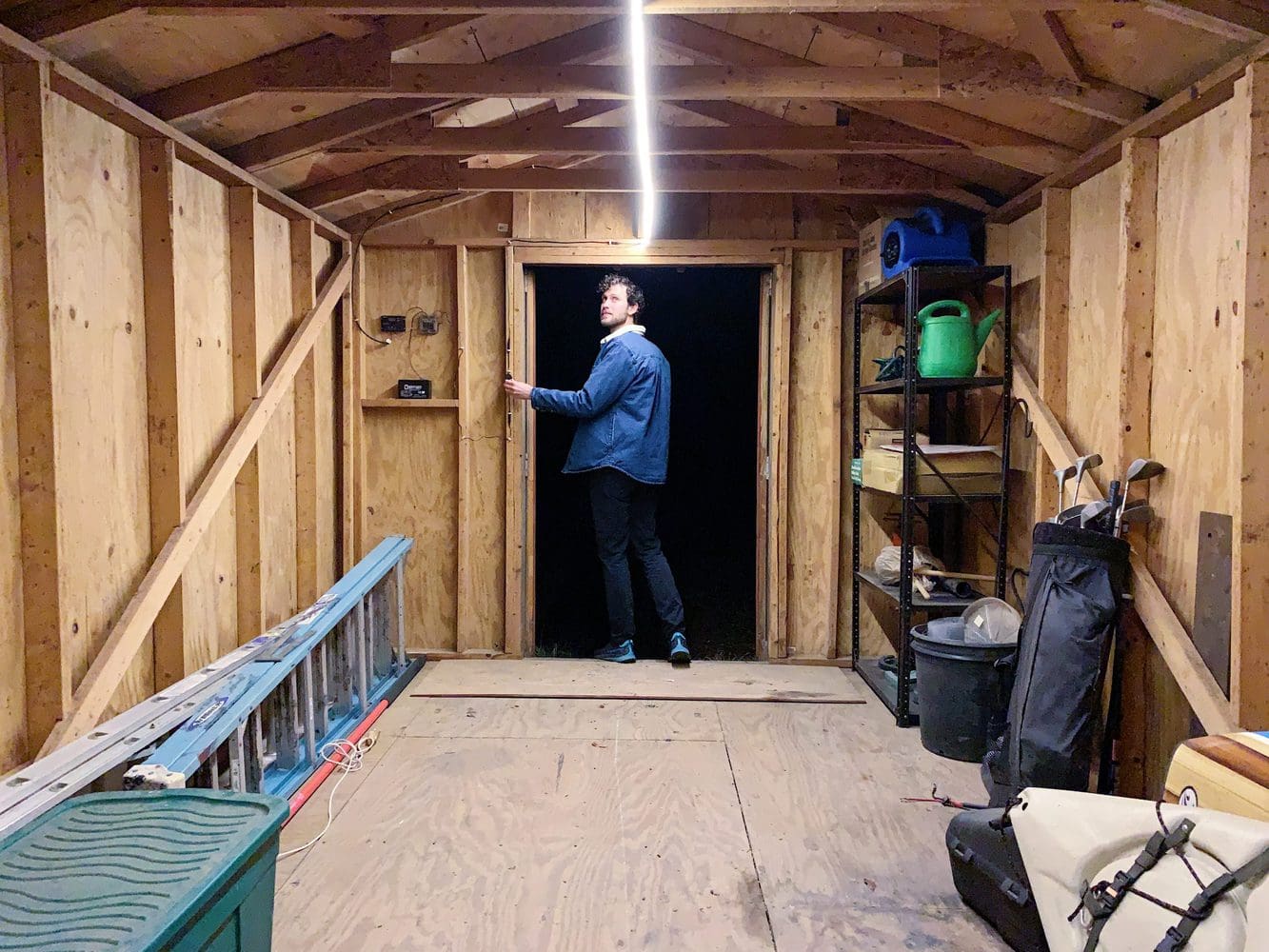

Outdoor Structures
How Do You Run Electricity To A Shed
Modified: February 18, 2024
Learn how to run electricity to your shed and power outdoor structures with our comprehensive guide. Find expert tips for safe and efficient installation.
(Many of the links in this article redirect to a specific reviewed product. Your purchase of these products through affiliate links helps to generate commission for Storables.com, at no extra cost. Learn more)
**
Introduction
**
So, you've got a shed in your backyard that you want to power up? Whether you plan to use it as a workshop, a cozy retreat, or a storage space with lighting and power outlets, running electricity to your shed can greatly enhance its functionality. This article will guide you through the process, from assessing your power needs to connecting your shed to the main power supply.
Running electricity to your shed involves careful planning, adherence to safety guidelines, and potentially obtaining permits from your local authorities. It's essential to approach this project with a clear understanding of your power requirements and the necessary steps to ensure a safe and reliable electrical setup. Let's explore the various aspects of this endeavor, from assessing your power needs to the installation and safety considerations involved in running electricity to your shed.
Key Takeaways:
- Assess your shed’s power needs by listing all electrical devices and calculating their total power consumption. Plan for future power needs and consult an electrician for the appropriate electrical capacity.
- Prioritize safety when running electricity to your shed by complying with regulations, engaging a licensed electrician, and implementing measures such as proper grounding, weatherproofing, and GFCIs. Regular maintenance is crucial for continued safety and reliability.
Read more: How To Run Plumbing To A Shed
Assessing the Power Needs of Your Shed
Before embarking on the process of running electricity to your shed, it’s crucial to assess the power needs of the space. Consider how you intend to use the shed and the electrical appliances or tools you plan to operate within it. This assessment will help determine the electrical capacity required to meet your needs.
Begin by creating a list of all the electrical devices and appliances you anticipate using in the shed. This may include lighting fixtures, power tools, a heater or air conditioner, a radio or sound system, and any other equipment that requires electricity. Note the power ratings (in watts or kilowatts) of these items, as this information will be instrumental in determining the overall power demand of your shed.
Next, calculate the total power consumption of the devices on your list. Add up the wattage or kilowatt ratings of each appliance to arrive at an estimate of the shed’s peak power demand. It’s important to consider both the continuous power usage and any potential surge requirements for certain tools or equipment.
Once you have a clear understanding of your shed’s power requirements, you can decide on the appropriate electrical capacity for the shed. This may involve consulting with an electrician to determine the size of the electrical service needed and the type of wiring and outlets that will best accommodate your power needs.
Keep in mind that it’s advisable to plan for future power needs as well. If you anticipate expanding the use of the shed or adding more electrical devices in the future, it’s wise to account for potential upgrades in your initial power assessment.
By thoroughly assessing the power needs of your shed, you can ensure that the electrical setup meets your current requirements while allowing for future flexibility and expansion.
Options for Running Electricity to Your Shed
When it comes to running electricity to your shed, several options are available, each with its own considerations and benefits. The choice of method will depend on factors such as the distance from your main power source, your budget, and the intended use of the shed. Here are some common options for powering up your shed:
- Direct Burial Cable: If your shed is located in close proximity to your home and the terrain allows for underground installation, direct burial cable is a popular choice. This method involves burying electrical cables in a trench to supply power to the shed. It’s essential to use cables specifically designed for direct burial and to adhere to local building codes and depth requirements.
- Overhead Feed: For sheds situated a moderate distance from the main power source, an overhead feed may be a viable option. This involves running electrical wires overhead, supported by poles or other structures, to connect the shed to the main power supply. Overhead feeds are relatively straightforward to install and can be an efficient solution for powering a remote shed.
- Subterranean Conduit: If you prefer a concealed wiring method and your shed is located at a distance from the main power source, installing a subterranean conduit may be suitable. This involves running electrical conduit underground to protect the wiring and facilitate future maintenance. It provides a secure and organized pathway for electrical cables while safeguarding them from damage.
- Solar Power: Embracing renewable energy, such as solar power, is an environmentally friendly and cost-effective option for powering your shed. By installing solar panels on the roof of your shed, you can generate clean electricity to meet your power needs. This approach offers independence from the main power grid and can be especially advantageous for sheds located in areas with abundant sunlight.
- Extension from an Existing Outbuilding: If you have an existing outbuilding, such as a garage or barn, situated near your shed, you may consider extending the electrical supply from the outbuilding to the shed. This method can be a practical and economical way to provide power to the shed, leveraging the existing electrical infrastructure.
Before selecting a specific method for running electricity to your shed, it’s advisable to consult with a qualified electrician to assess the feasibility and safety of each option based on your unique circumstances. By carefully evaluating the available choices, you can make an informed decision that aligns with your power requirements and budget while ensuring a reliable and compliant electrical installation for your shed.
Installing Electrical Wiring in Your Shed
Once you’ve determined the most suitable method for running electricity to your shed, the next step is to install the electrical wiring within the structure. Proper installation of electrical wiring is essential for ensuring the safety and functionality of the shed’s electrical system. Here are the key steps involved in installing electrical wiring in your shed:
- Plan the Wiring Layout: Before beginning the installation, carefully plan the layout of the electrical wiring in your shed. Consider the locations of lighting fixtures, power outlets, and any other electrical devices. It’s important to design a wiring layout that optimizes convenience and accessibility while adhering to electrical code requirements.
- Select the Appropriate Wiring: Choose the right type and gauge of electrical wiring based on the power needs of your shed and the method of power supply. The wiring should be suitable for the intended use and capable of safely handling the anticipated electrical load. Consult with an electrician to ensure compliance with local building codes and standards.
- Install Wiring and Outlets: Carefully install the electrical wiring, ensuring proper insulation, secure connections, and adherence to recommended installation practices. Place outlets strategically to accommodate your power needs and consider incorporating ground fault circuit interrupters (GFCIs) for enhanced electrical safety, especially in areas exposed to moisture.
- Mount and Connect Fixtures: Mount lighting fixtures and connect them to the electrical wiring according to the manufacturer’s instructions. Ensure that all fixtures are securely installed and properly grounded to minimize the risk of electrical hazards. If you plan to use power tools or appliances, ensure that the shed’s electrical system can support their requirements.
- Consider Lighting Controls: If your shed will include multiple lighting sources, consider incorporating lighting controls such as switches and dimmers to customize the illumination based on your preferences. Properly wired and installed lighting controls enhance the functionality and ambiance of the shed while promoting energy efficiency.
- Conceal and Protect Wiring: After installing the electrical wiring, take measures to conceal and protect the wiring to prevent damage and ensure a neat and organized appearance. Use appropriate conduit or cable management solutions to safeguard the wiring from environmental factors and physical harm.
Throughout the installation process, prioritize safety and precision to create a reliable and code-compliant electrical setup in your shed. If you’re unsure about any aspect of the installation, it’s advisable to seek guidance from a licensed electrician to ensure that the wiring is installed correctly and meets all safety requirements.
When running electricity to a shed, make sure to use outdoor-rated extension cords or bury the wires in conduit at least 18 inches underground to prevent damage and ensure safety. Always consult a licensed electrician for proper installation.
Connecting Your Shed to the Main Power Supply
Once the electrical wiring is in place within your shed, the next critical step is to establish the connection to the main power supply. This process involves coordinating with a qualified electrician and potentially obtaining permits to ensure that the connection is executed safely and in compliance with local regulations. Here are the essential considerations for connecting your shed to the main power supply:
- Assess Feasibility: Before proceeding with the connection, an electrician will assess the feasibility of linking your shed to the main power supply. This assessment involves evaluating the distance, voltage requirements, and the capacity of your existing electrical service to accommodate the additional load from the shed.
- Obtain Permits: Depending on your location and the scope of the electrical work, obtaining permits from the local building or electrical authority may be necessary. This step ensures that the electrical connection is compliant with safety standards and building codes, and it may involve inspections to verify the integrity of the installation.
- Select Connection Method: The electrician will determine the most appropriate method for connecting your shed to the main power supply based on factors such as the distance, terrain, and existing electrical infrastructure. This may involve trenching for underground cables, installing overhead lines, or utilizing other approved methods to establish the electrical link.
- Install Subpanel or Breaker: To facilitate the distribution of power within the shed, the electrician may install a subpanel or breaker to manage the electrical circuits and ensure safe and efficient power distribution. This subpanel provides a dedicated location for controlling the shed’s electrical system and helps prevent overload and electrical hazards.
- Establish Grounding and Bonding: Proper grounding and bonding are crucial for the safety and effectiveness of the electrical connection. The electrician will ensure that the shed’s electrical system is appropriately grounded and bonded to mitigate the risk of electrical shocks, equipment damage, and fire hazards.
- Test and Verify Connection: After completing the connection, the electrician will conduct thorough testing to verify that the shed is receiving a reliable and stable power supply. This testing includes checking voltage levels, verifying the functionality of circuits and outlets, and confirming that all electrical components are operating as intended.
Connecting your shed to the main power supply requires meticulous planning, technical expertise, and adherence to safety protocols. By collaborating with a qualified electrician and following the necessary procedures, you can establish a secure and compliant electrical connection that empowers your shed with reliable and safe electricity.
Read more: How Long Can You Run Electrical Wire
Safety Considerations for Running Electricity to Your Shed
When running electricity to your shed, prioritizing safety is paramount to safeguarding both the integrity of the electrical installation and the well-being of individuals using the shed. Adhering to safety guidelines and best practices is essential throughout the planning, installation, and maintenance stages. Here are crucial safety considerations to bear in mind when running electricity to your shed:
- Compliance with Regulations: Ensure that all electrical work, including the installation of wiring, connections, and components, complies with local building codes and electrical regulations. Adhering to these standards helps uphold the safety and legality of the electrical installation and minimizes the risk of hazards.
- Professional Assessment: Engage a licensed electrician to assess the electrical requirements of your shed and oversee the installation process. A professional evaluation ensures that the electrical system is designed and implemented to meet safety standards and accommodate the specific needs of the shed.
- Proper Grounding and Bonding: Establishing effective grounding and bonding for the shed’s electrical system is crucial for preventing electrical shocks, equipment damage, and fire hazards. Ensure that the electrical components are properly grounded and bonded in accordance with industry standards and local regulations.
- Weatherproofing and Insulation: Shield the electrical wiring, outlets, and fixtures in your shed from environmental elements by employing weatherproofing measures and insulation. This helps protect the electrical components from moisture, corrosion, and physical damage, thereby reducing the risk of electrical malfunctions and safety hazards.
- Installation of Ground Fault Circuit Interrupters (GFCIs): Incorporate GFCIs in areas where electrical outlets are exposed to moisture or prone to damp conditions, such as in outdoor sheds. GFCIs are designed to swiftly cut off power in the event of a ground fault, significantly reducing the likelihood of electric shock incidents.
- Proper Cable Management: Organize and secure electrical cables within the shed to prevent tripping hazards and minimize the risk of accidental damage to the wiring. Employ cable management solutions such as conduits, cable trays, or appropriate fastening devices to maintain the integrity of the electrical installation.
- Regular Maintenance and Inspections: Schedule periodic inspections and maintenance checks for the shed’s electrical system to identify and address any potential issues promptly. Regular upkeep helps ensure the continued safety and reliability of the electrical setup, mitigating the risk of electrical faults and hazards.
By conscientiously integrating these safety considerations into the process of running electricity to your shed, you can establish a secure and compliant electrical installation that promotes the well-being of occupants and safeguards the functionality of the shed’s electrical system.
Conclusion
Running electricity to your shed opens up a world of possibilities, transforming the space into a versatile and functional environment for various activities. From powering tools and appliances to creating a well-lit and comfortable workspace, a well-executed electrical installation enhances the utility and appeal of your shed. As you embark on this endeavor, it’s crucial to approach the process with a keen eye on safety, compliance, and practicality.
By thoroughly assessing the power needs of your shed, selecting the most suitable method for running electricity, and ensuring meticulous installation and connection to the main power supply, you can establish a reliable and safe electrical system. Collaborating with a qualified electrician and adhering to local regulations and building codes are fundamental aspects of this process, contributing to the integrity and legality of the electrical installation.
Throughout the journey of electrifying your shed, safety considerations should remain at the forefront. From proper grounding and weatherproofing to the incorporation of safety devices such as GFCIs, prioritizing electrical safety fosters a secure environment for utilizing the shed’s electrical amenities.
As you venture into the realm of shed electrification, remember that periodic maintenance and inspections are vital for upholding the safety and functionality of the electrical system. By staying proactive in monitoring and maintaining the shed’s electrical components, you can ensure continued reliability and mitigate potential safety hazards.
In essence, running electricity to your shed is a transformative undertaking that demands careful planning, technical proficiency, and a steadfast commitment to safety. When executed conscientiously, it elevates the shed into a space that seamlessly integrates modern conveniences and functionality, amplifying its value and utility in your everyday life.
Embrace the journey of electrifying your shed, and revel in the enhanced potential and comfort it brings to this cherished space. With a blend of vision, expertise, and safety-conscious practices, you can embark on this electrifying venture with confidence and create a shed that truly shines with electrifying possibilities.
Frequently Asked Questions about How Do You Run Electricity To A Shed
Was this page helpful?
At Storables.com, we guarantee accurate and reliable information. Our content, validated by Expert Board Contributors, is crafted following stringent Editorial Policies. We're committed to providing you with well-researched, expert-backed insights for all your informational needs.
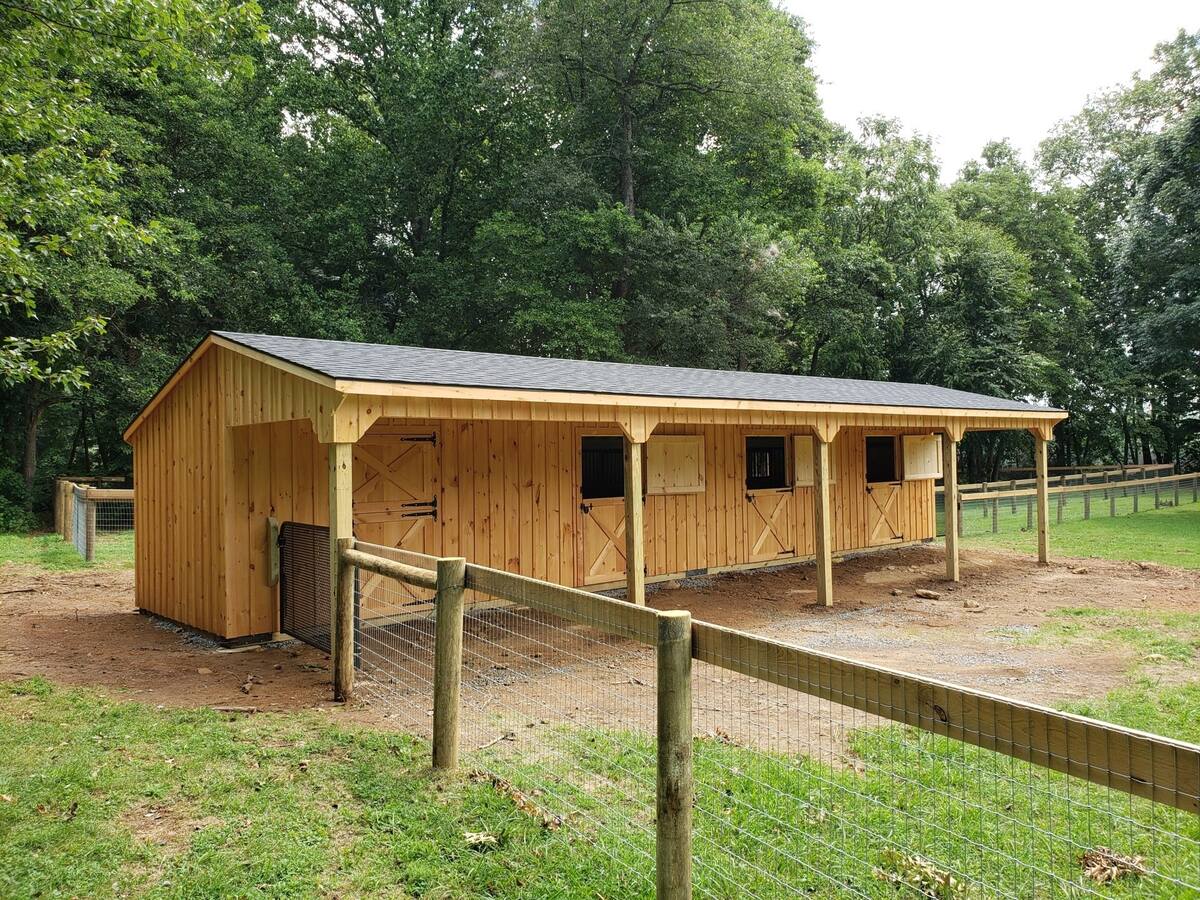
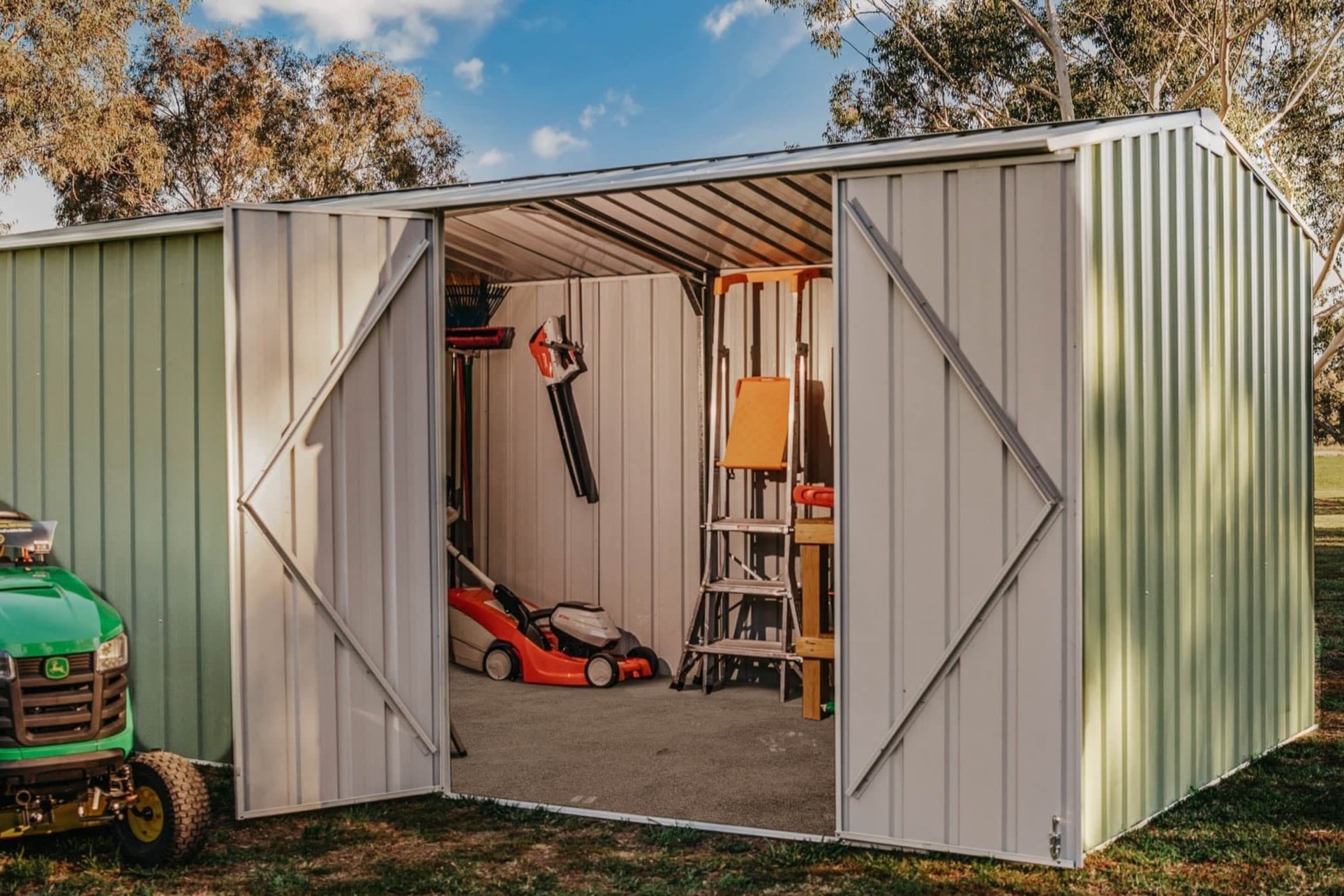
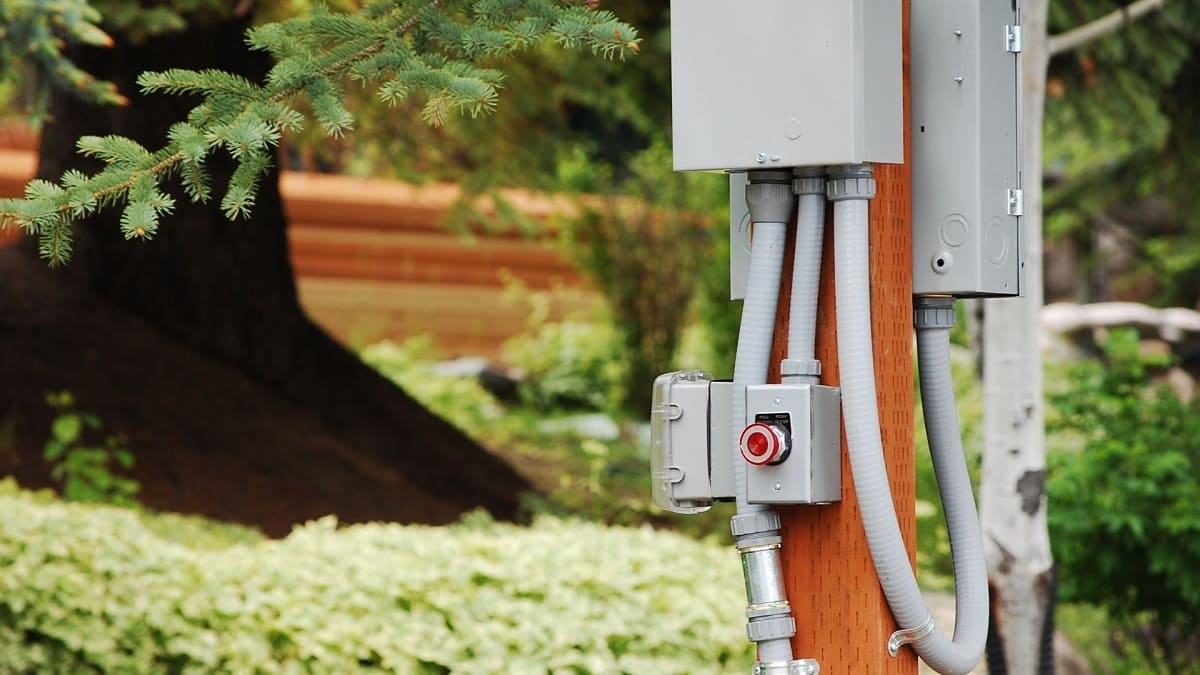
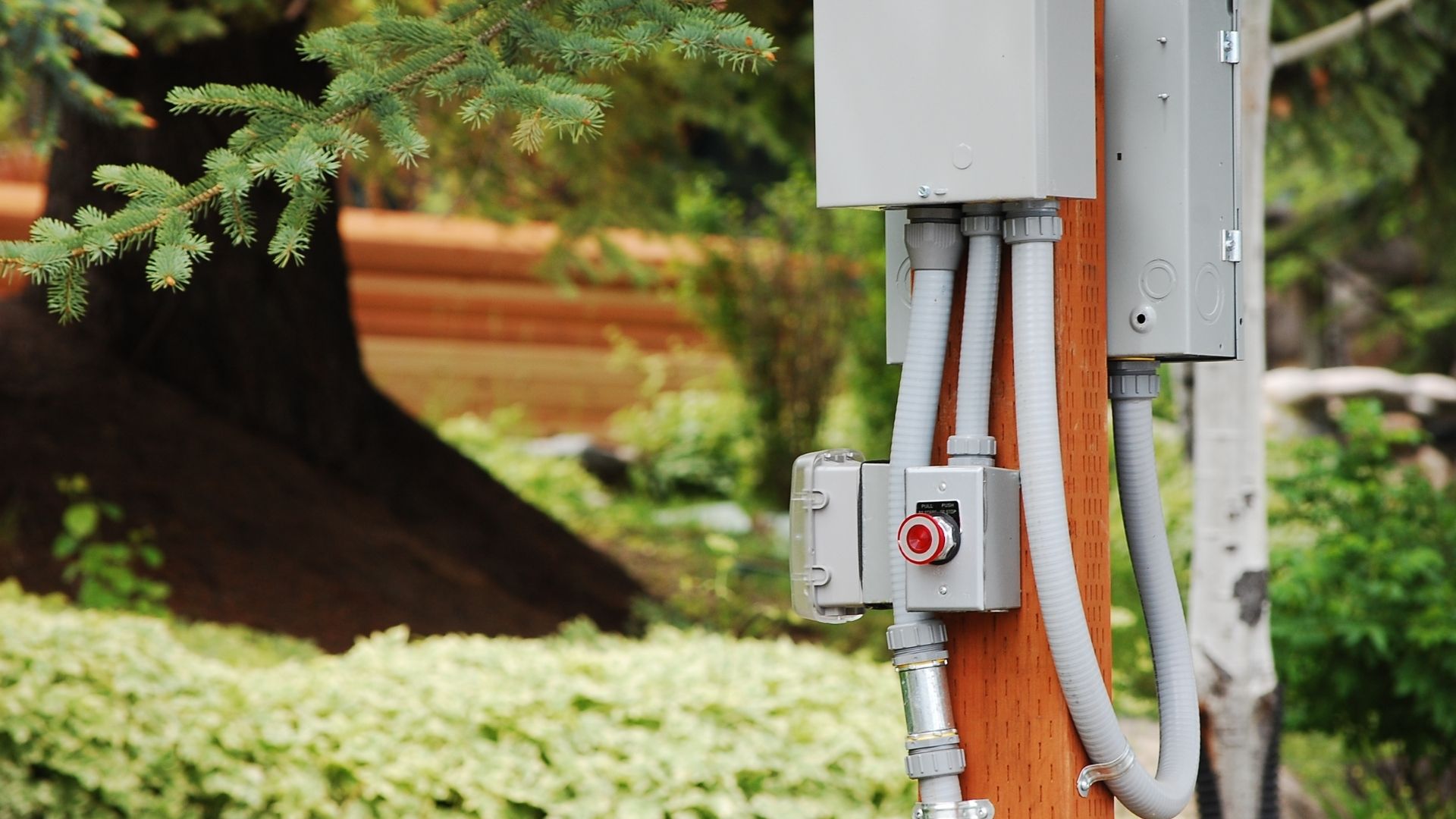
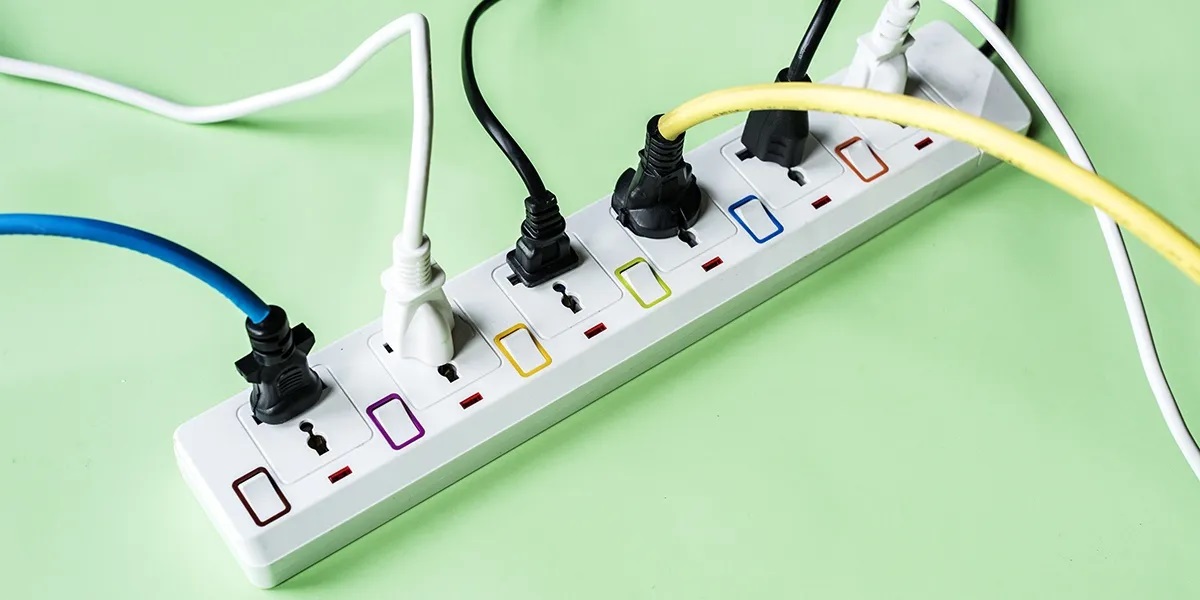
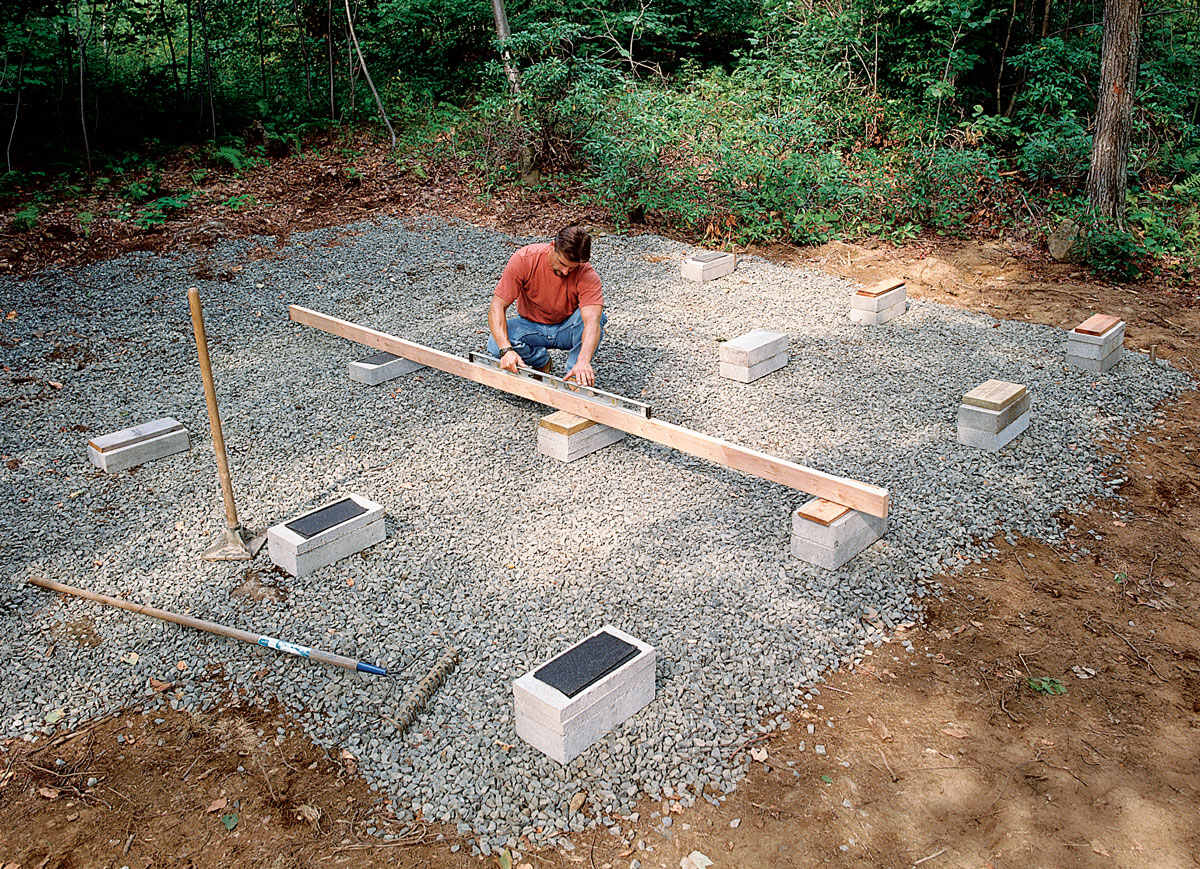

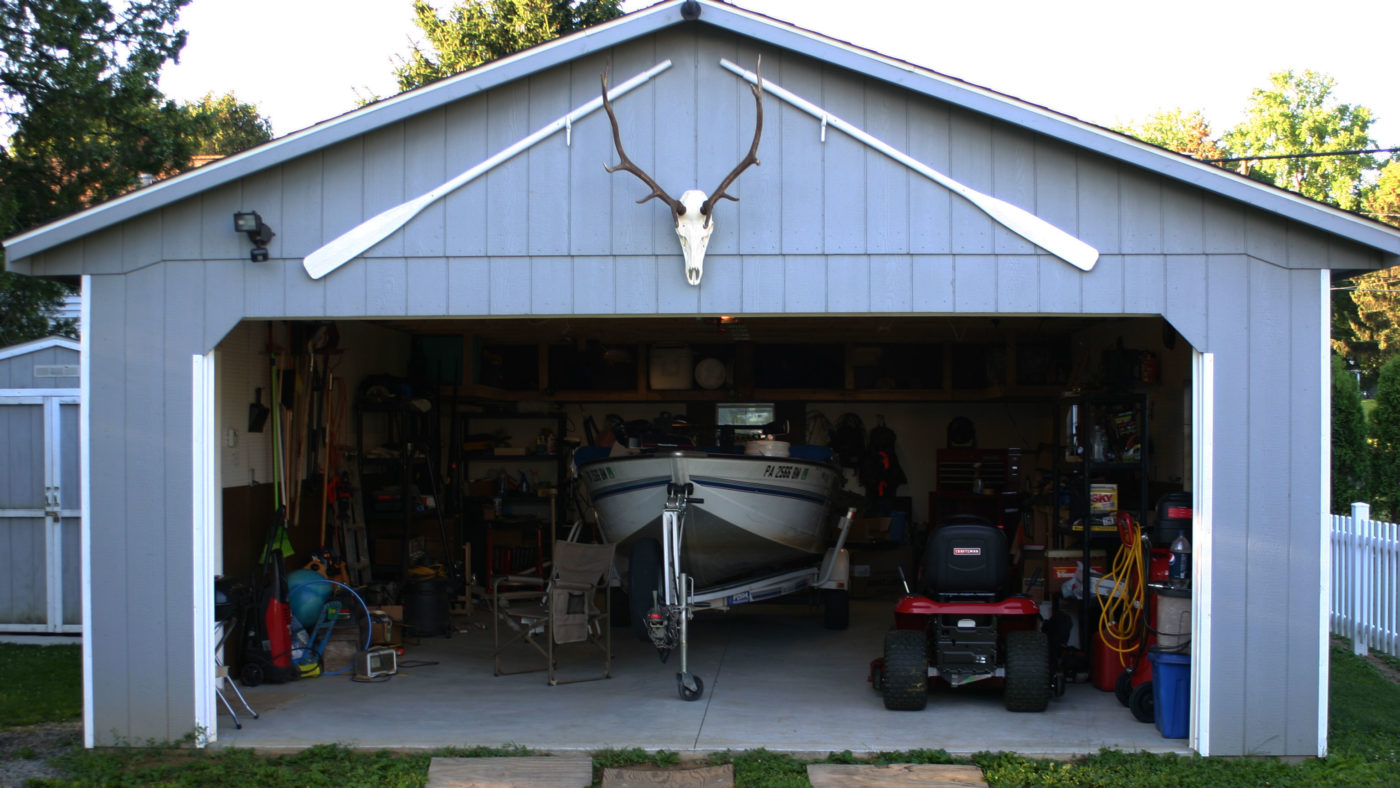
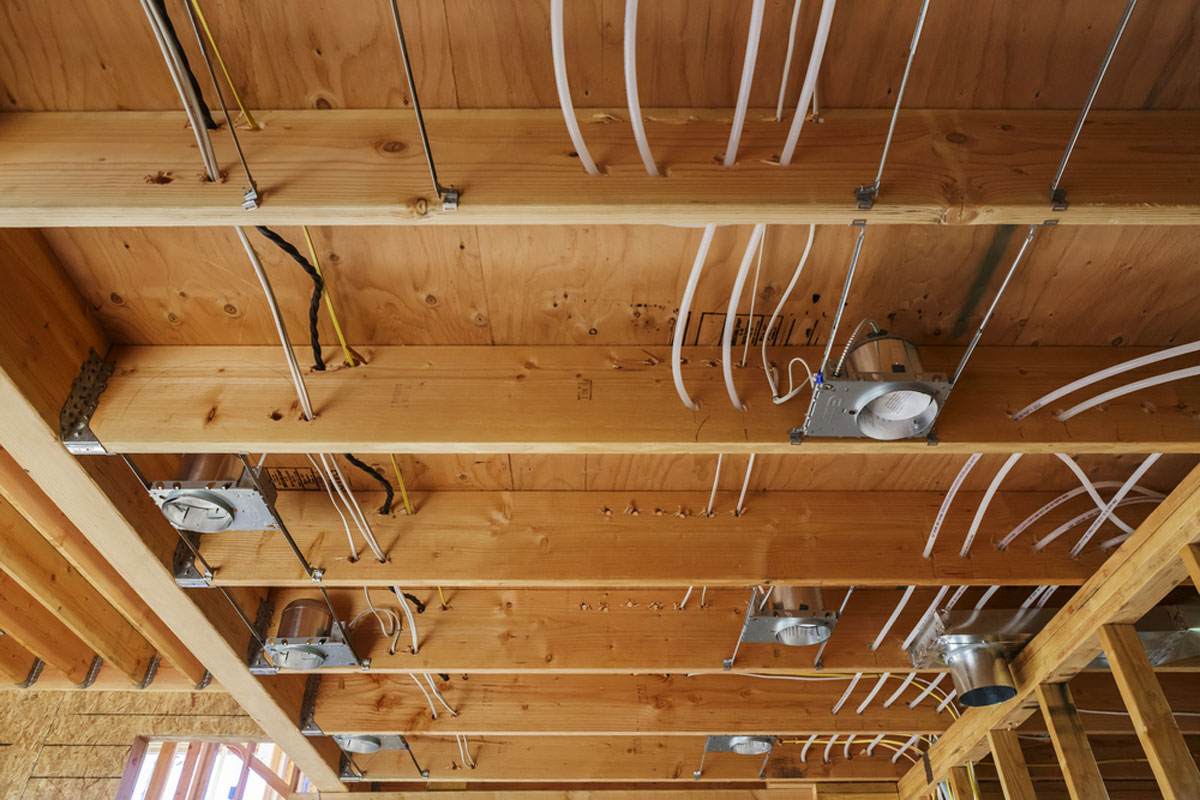
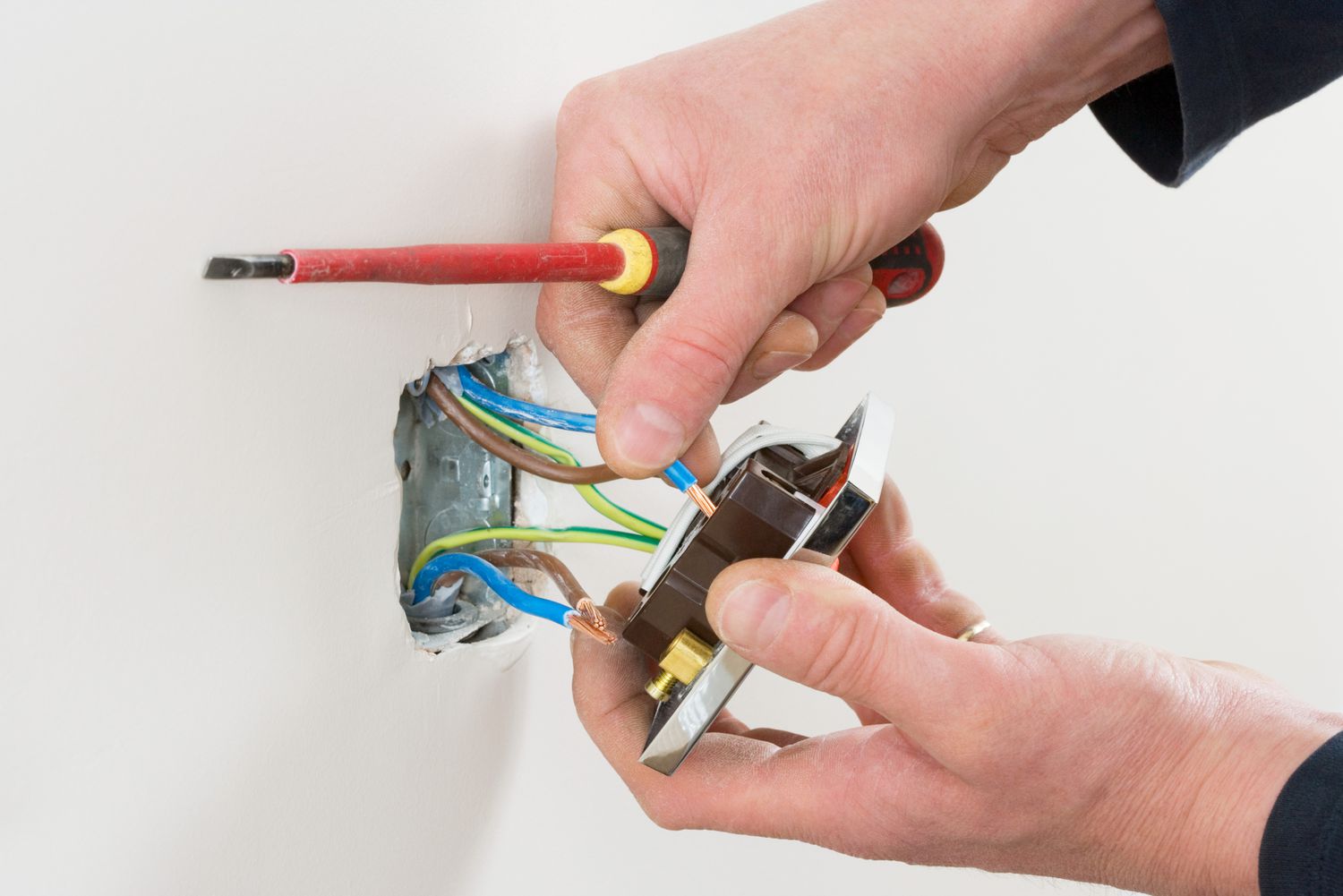
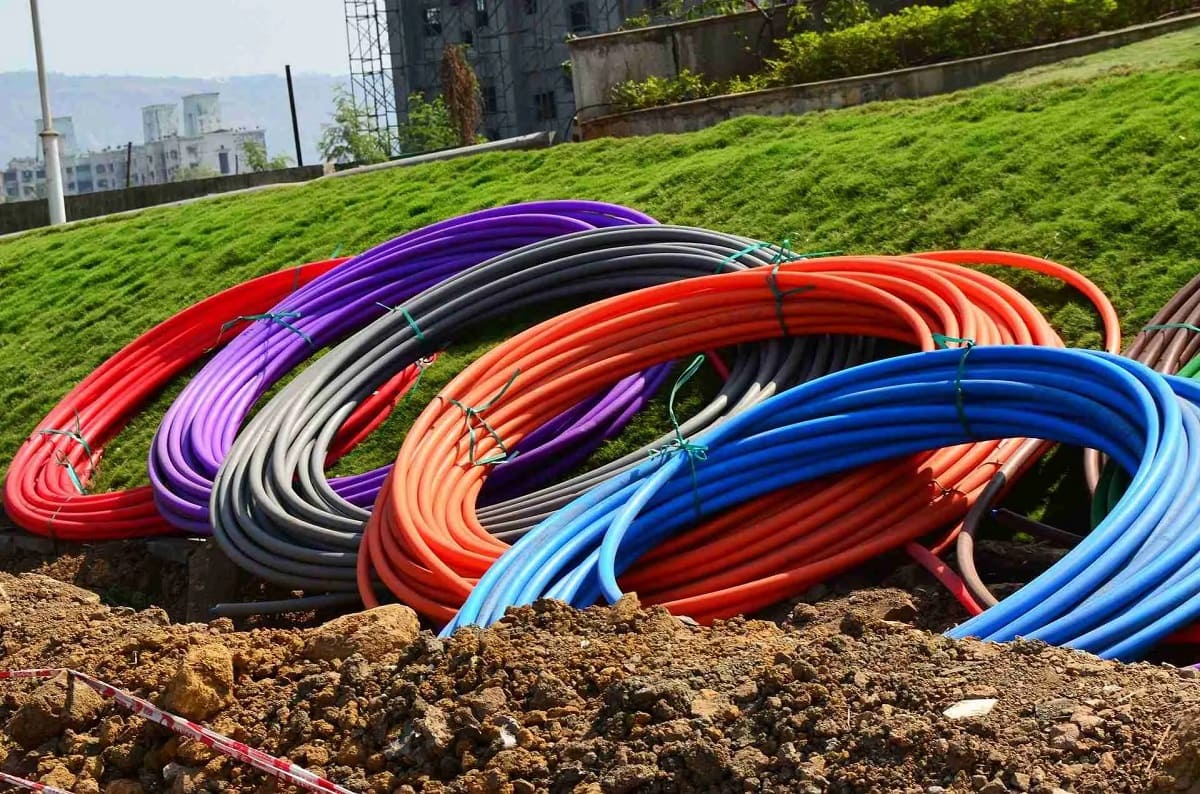
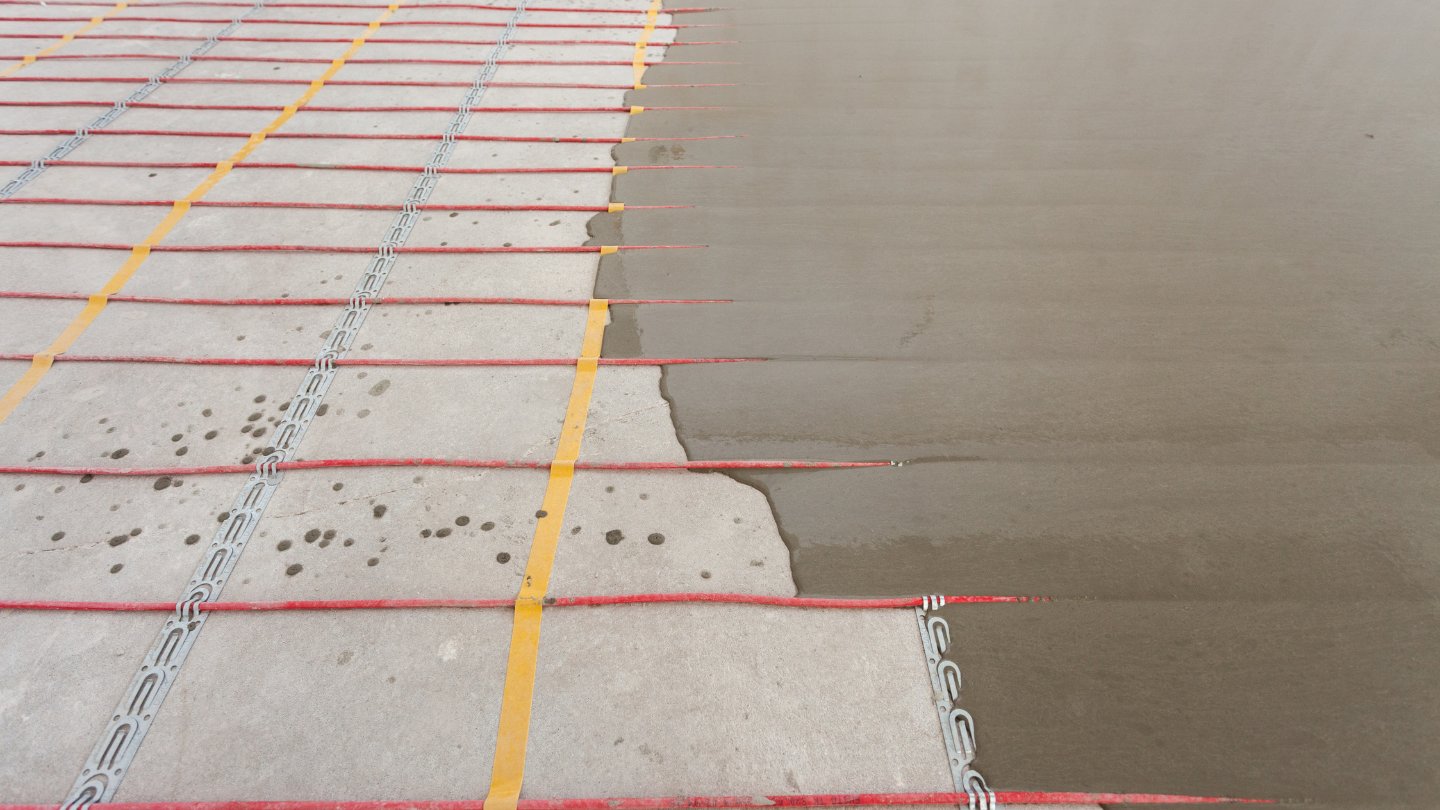
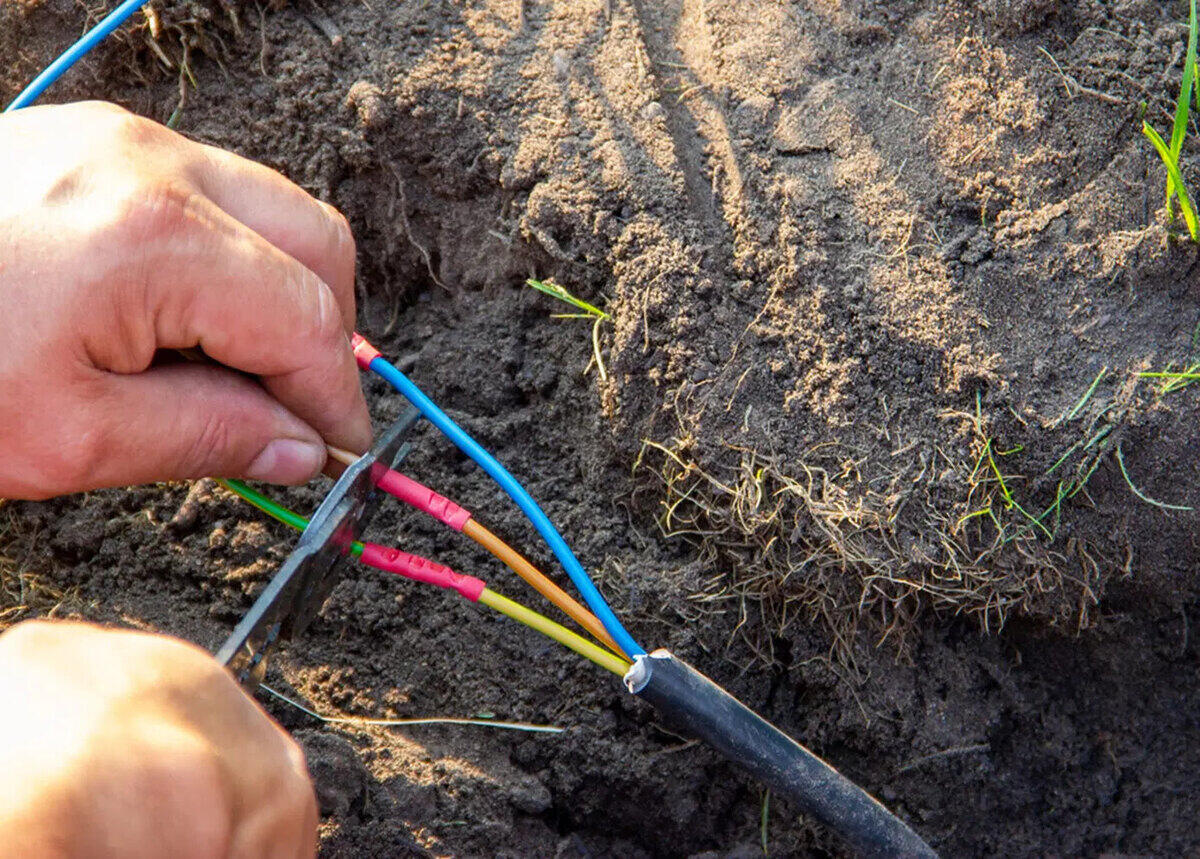
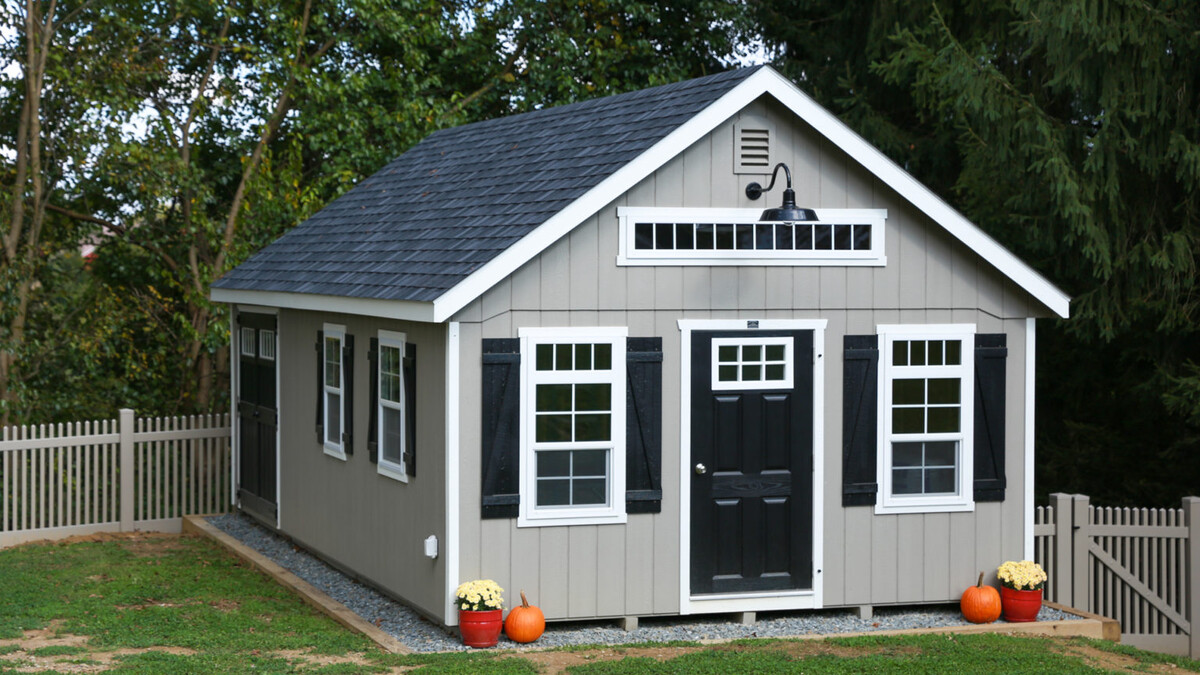

0 thoughts on “How Do You Run Electricity To A Shed”